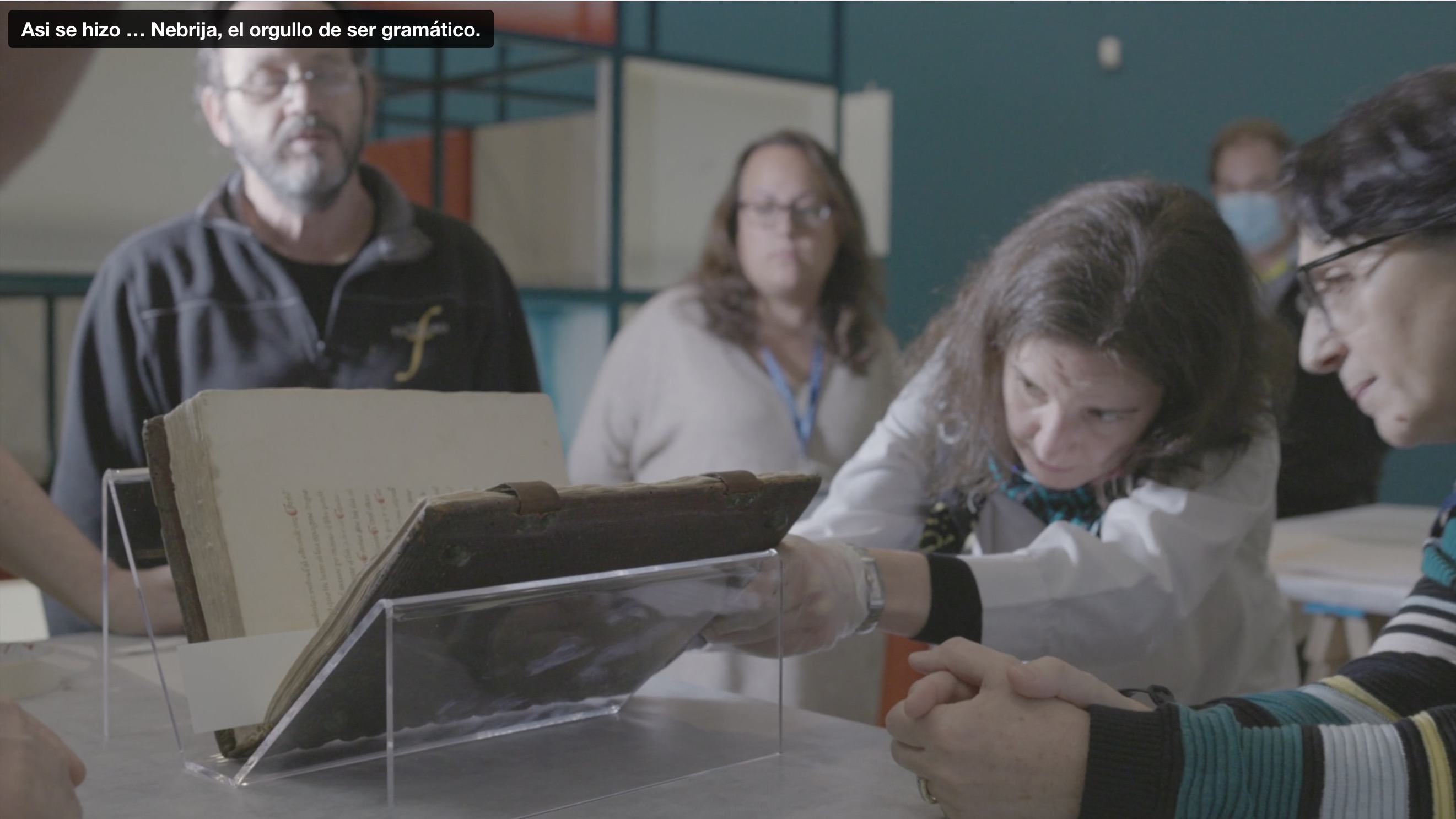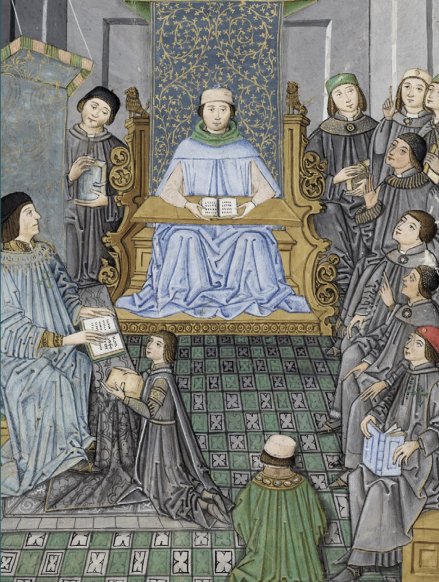In July 2022, it will be five hundred years since the death of Elio Antonio de Nebrija (c. 1444-1522), who wanted to go down in history with the nickname of 'Gramático'. He makes this to Queen Isabella the Catholic in her letter in which she dedicates the third edition of her Introductiones Latinae (Salamanca, 1495): “Vt Aelius sit praenomen; Antonius nomen, Nebrissis cognomen, grammaticus uero agnomen ex professione sumptum”. It was precisely these Introductiones, an innovative manual for teaching Latin, that made him famous inside and outside of Spain. Along with this work are his bilingual dictionaries from Latin to Spanish and from Spanish to Latin, part of a more ambitious project with which Nebrija intended to elucidate the Latin lexicon of the different fields of knowledge.
The exhibition, in which you can see more than a hundred works from the collections of the National Library, along with others on loan from a dozen Spanish institutions, follows in the footsteps of Nebrija and invites you to tour the Spain of the time and his centres of knowledge: Lebrija, his birthplace; Salamanca, where he completed his Bachelor of Arts and at whose university he developed, over time, most of his teaching career; Bologna, a city that fostered his encounter with Italy and his Humanism; Coca (Segovia) or Villanueva de la Serena and Las Brozas in Extremadura, enclaves in which he carried out his work under the protection of generous patrons; or Alcalá de Henares, his last destination, in which he always had the support of Cardinal Cisneros and his University.















